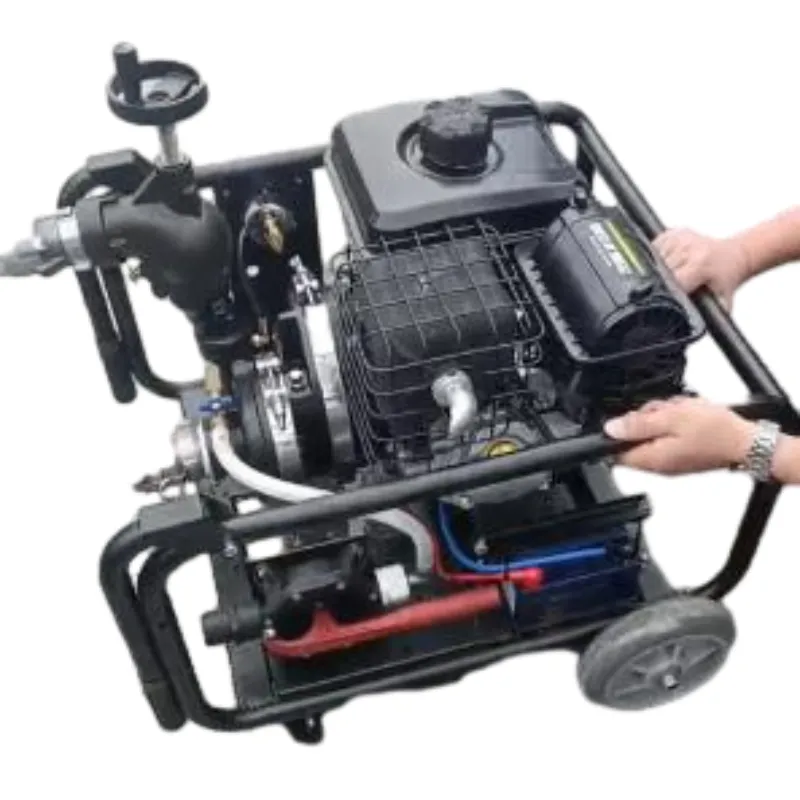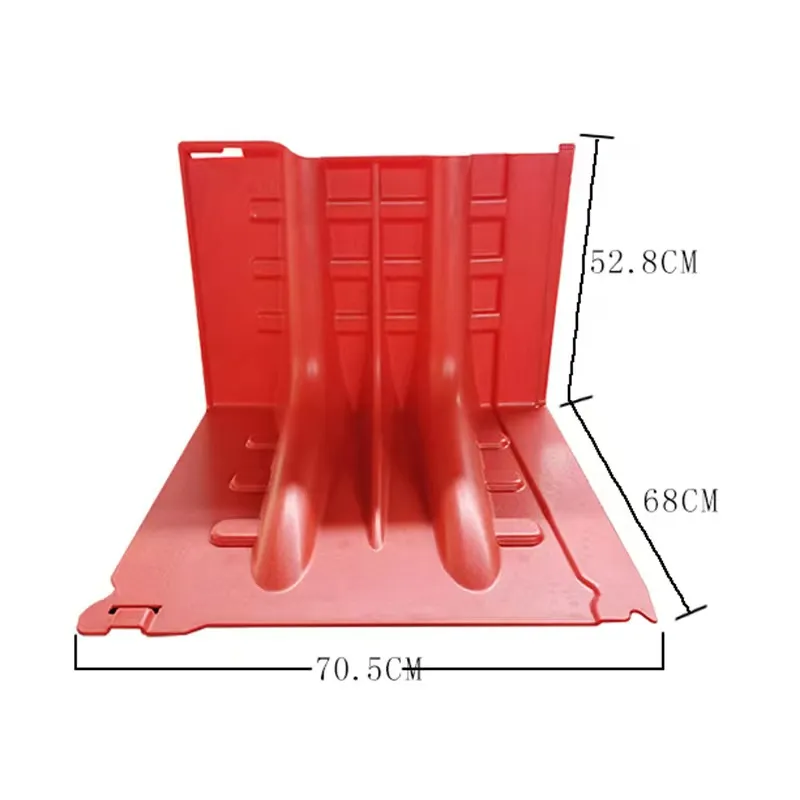

From an authoritative perspective, leading firefighting organizations and manufacturers provide guidelines and training programs focused on the proper use and maintenance of firefighting hose clamps. These programs stress the importance of using clamps that meet standardized safety regulations. Regular maintenance checks are part of standard procedures, ensuring that clamps remain in optimal condition. Such checks include visual inspections for wear, testing the locking mechanisms, and lubrication to prevent rust. Authorities in firefighting underline that well-maintained equipment reduces operational risks and enhances performance. The trustworthiness of firefighter hose clamps is also about consistent performance and dependability. A trusted brand's reputation is built over years of rigorous testing and feedback from the field. This includes product development collaborations with firefighters who use these clamps daily. Through this cooperative process, manufacturers aim to meet and often exceed the practical needs of the service members. The adoption of clamps using quick-release technology is one such innovation designed to improve responsiveness during emergencies. Moreover, testimonials and reviews from firefighting personnel across various environments—urban, residential, industrial, and wildland—affirm the effectiveness and need for high-quality hose clamps. Feedback loops between on-ground teams and product developers ensure that both new and existing products are continually refined. In conclusion, firefighter hose clamps are more than just simple tools; they are critical allies in the battle against fire. Their design, informed by professional expertise and field experience, contributes not only to effective firefighting but also to the broader commitment to public safety. Understanding their function, application, and maintenance can significantly impact the efficiency and safety of firefighting operations, underscoring their indispensable role in the firefighting toolkit.





























